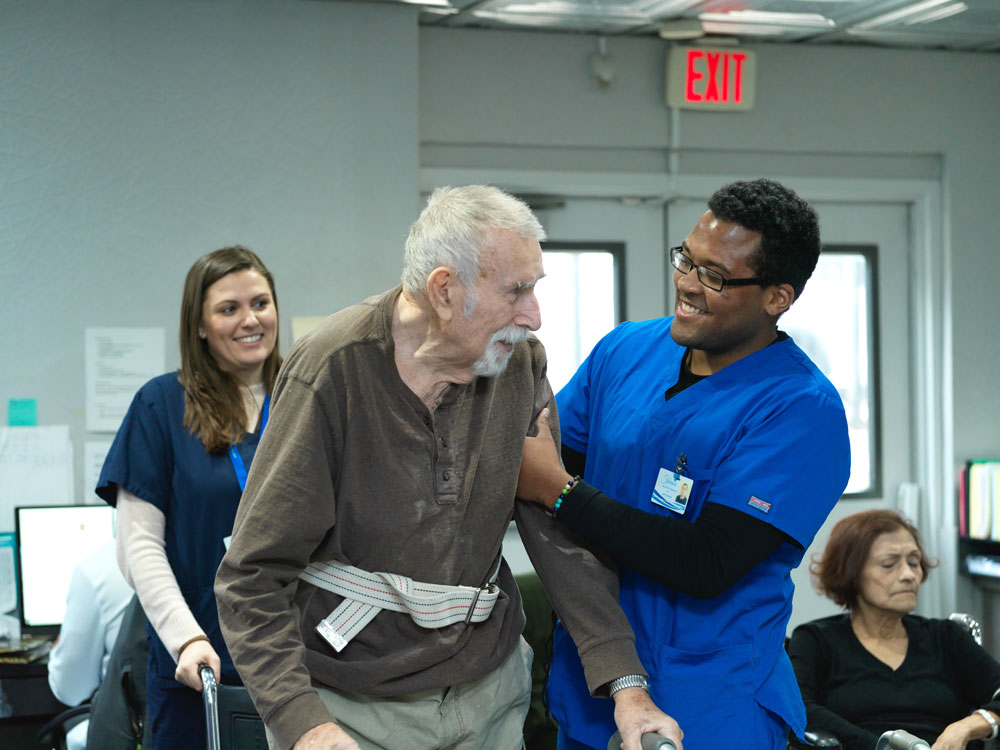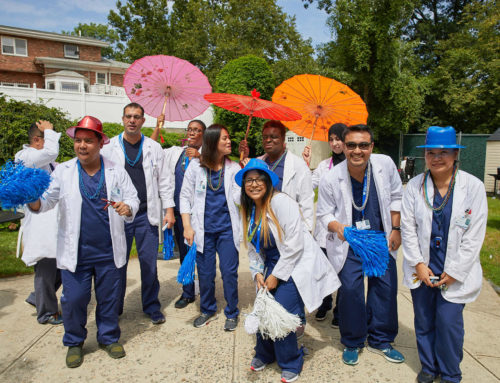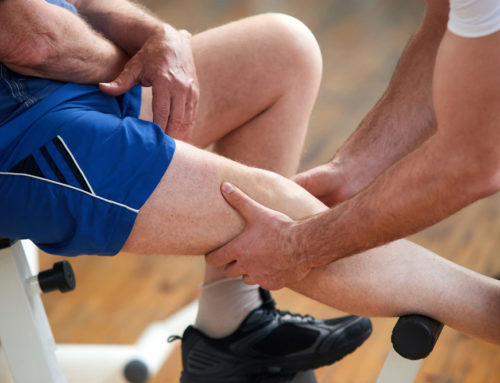What Helps to Improve Limited Range Of Motion?
Possible reasons why people suffer lack of mobility, or a limited range of motion are many. Restricted movement of limbs or other body parts may be due to the aftermath of a stroke. Equally it may be the result of a fall, a frozen shoulder, or a hip or knee replacement. In all such cases physical therapy can help patients regain at least some mobility and independence.
Fairview Rehab And Nursing Home in Queens NY offers top class outpatient and inpatient rehab and physical therapy. This kind of therapy is designed to improve decreased range of motion for post-surgery and orthopedic treatment outcomes, among others. Huge numbers of people have benefited from such rehabilitation programs.
Let’s take a look at how physical therapy can benefit people experiencing a limited range of motion. The advice set out below is for information purposes only: always seek medical advice for your specific condition.

How Does Physical Therapy Help Limited Range Of Motion?
Restricted mobility can affect a person’s ability to perform the tasks of daily living. A patient may need help going to the bathroom, dressing, or even eating. Physical therapy can help gradually build up muscle and bone strength and improve range of motion.
Physical therapy gets the heart and lungs working in tandem to deliver oxygenated blood to the muscles. By practicing certain movements regularly but in a controlled way, progress can be made. Such exercises should, ideally, be supervised by a physical therapist to ensure patient safety and avoid injury.
Stretching exercises, including yoga and breathing exercises, can also improve mobility and range of motion. With appropriate care, physical therapy can also help patients with sprains, strains, fractures, or dislocations.
Physical therapy also has an important morale-boosting and mental health impact. This is very important as it helps patients feel they are making progress and achieving something. Each patient will be different, and all therapy is tailored to the individual after a thorough medical assessment.
When should exercises not be performed?
Physical therapy can often be performed more or less straight after surgery but should be avoided in certain circumstances. For instance, if exercising causes acute pain, then such exercises should be modified or not done at all. Where such exercises pose a risk to a patient’s overall health and safety they should also be avoided.
Range of motion exercises tend to put pressure on soft tissues around joints. So, where joints are swollen or inflamed, clearly exercising would be a bad idea and could aggravate the condition. Likewise, patients with severe heart or respiratory problems should avoid strenuous exercising.
Fairview’s dedicated and compassionate staff provide holistic solutions to help improve mobility and well-being. Our physical therapists have shown time and time again that range of motion exercises can help improve functional independence.
Do contact us if you would like more information about our care and restorative therapy programs. We are here to answer any questions you may have. Also, we accept most insurance plans and private pay.
This article contains informational and educational materials and does not replace health or medical advice. For questions or concerns regarding your medical condition or health objectives, speak to a qualified physician or healthcare provider.






Limited range of motion can be a frustrating and limiting condition, affecting your ability to perform daily activities and enjoy your favorite hobbies.